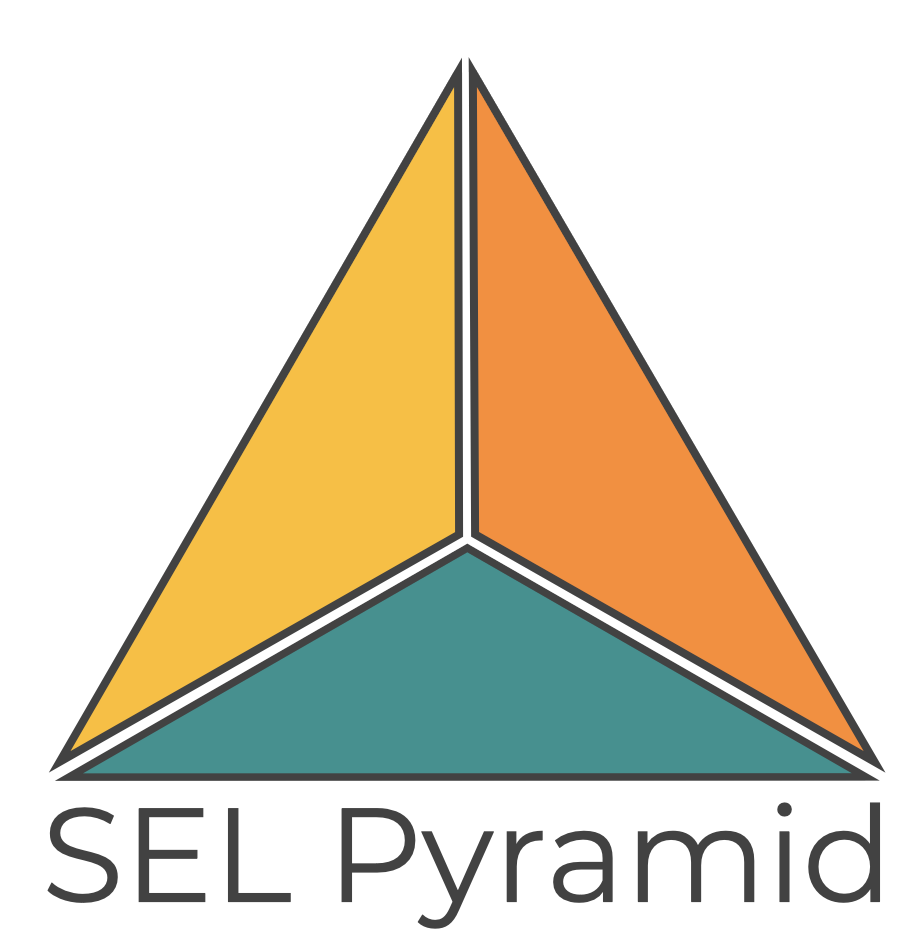SEL-Pyramid
- Home /
- SEL-Pyramid

Model for arts-based somatic approach to healing communities with high levels on Adverse Childhood Experiences (ACE) and racial trauma pyramids and low on Maslow.
The SEL Pyramid is a resource for teachers and other school employees. The tool is not a diagnostic. Rather, it is intended to provide teachers with suggestions for activities that promote mental health. Based upon the responses, the tool will generate a list of resources with hyperlinks that may be added to the teacher’s strategies for teaching the whole child. In cases where complex trauma appears to be present, we recommend the teacher refer the child to an expert where diagnostics may be utilized for treatment. .
These are needs that must be met for the child to stay alive. Examples are food, water, and shelter.
These are needs that must be met for the child to feel safe. There should be no abuse, the child should feel safe in the environment/home, the child should feel secure that no harm is imminent.
These are needs that must be met for growing independent. The child must feel they belong (just somewhere, not necessarily in a particular environment) and are loved.
These are needs that must be met for the child to develop strong self-esteem such as feeling worthy of praise and a sense of accomplishment.
These are needs that many of us never find met. This is a feeling that you have fulfilled your FULL potential. You have been able to live a full life and have time to be creative and explore within that career (as opposed to simply working to pay to eat, etc.)
These are experiences that cause fear and pain for children – emotionally or physically. These may be a range of traumas. Remember that COVID-19 was an adverse childhood experience.
These are evident when a child is not developing at the appropriate pace for the age range. Minor issues (reading slightly below peers, speech issues compared to peers) are not a concern. These children would be put into Tier 2 instruction at minimum for failing to achieve/learn when culturally relevant, trauma informed teaching is occurring with fidelity at Tier 1.
These risky behaviors include drug use, alcohol use, gang activity, violent behavior, etc.
This would be checked if those stemmed from the health risk behaviors. For example, a child who has developed a disease from drug use.
Early Death
Child describes fears such as being deported or death due to racism that is discussed in the household. Family experiences racial trauma together or describes frequently trauma occurring due to race/ethnicity to an elder.
In the news, on social media, and around the community racism is evident. Could be as simple as children not playing together at recess of different races – could be evident in political signs supporting candidates with racist views.
Child expresses trauma, fear, anxiety about race. Language could include race wars that are imminent, fear of attack due to race, fear of death due to race.
Child is less able to cope with stress than most children their age. Signs include panic when put into stressful situations, combative reaction when put into stressful situations (i.e. testing, conflict with other children, etc.)
Child displays multiple, varied coping mechanisms that show coping is necessary. Could be self-soothing, prolonged silent periods, isolation, etc.
Child shows signs of adopting stereotypical identities. These may be known as masking trauma or unknown – the tier compares to the disease tier in the ACE pyramid.



